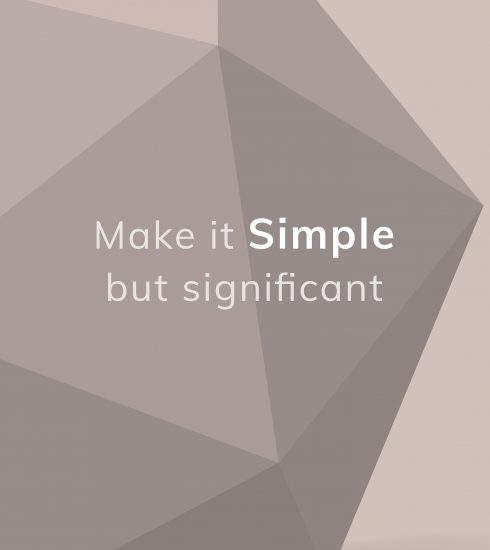8 Steps To Irresistible Email Copy
Who do you believe you are speaking with?
Before you begin writing your email sales letter, you must identify your intended audience. This is the master key to successful email marketing.
Ask yourself the following:
– What do your prospects and clients desire?
What bothers your customers and prospects the most?
Who else is selling a comparable product?
Why should your prospective clients trust you?
Why should prospects/customers respond to you as opposed to a competitor?
– What types of appeals will resonate with your target market?
Step #2 – A Fantastic Subject Is Your Goal
Before an email can be productive, recipients must open it. However, what can you do to pique their interest and crank up their curiosity “motor”?
Your SUBJECT LINE is the determining factor.
There are four different sorts of email formulae that you might use as guidance while composing an email. Each has a unique PSYCHOLOGICAL APPEAL that has a magical effect on customers. Here are some illustrations:
– List a compelling advantage – “Empowerment Satisfies Your Need for Leads”
– Arouse curiosity – “Empowerment Has Revealed the Keys to Success.”
– Include a news angle in your subject line, “Empowerism Introduces RSVP for Those Who Want to Quickly Double Their Money!”
– Provide Immediate Satisfaction – “With Empowerism RSVP, you can start making money before the sun sets tonight.”
The following is an essential “homework assignment”: Write a minimum of 25 SUBJECT LINES before selecting one to utilize. Then, compare the top two candidates in your marketing effort. (Reserve the “losers” for future use or improvement.)
Step #3 – WHAT IS IN IT FOR THEM?
Write down every possible benefit that your product offers. Not aware of the distinction between features and benefits? The features of a product explain the product itself, whereas the benefits describe its effects. Features appeal to reason; reason justifies feeling; feeling drives sales (see below).
Here is a general rule regarding benefits: Consider, “What can my product or service do for the client?” Then, begin writing your letter by explaining WHAT’S IN IT FOR THEM. Tell them how much better their lives will be after purchasing from you. Inform them of how much better they will feel. Tell them how their peers’ esteem of them will increase.
Step #4 – AN EMOTIONAL APPEAL
When promoting anything to anyone, you must remember that purchasing decisions are initially influenced by emotion and then supported by rationality. So, before you write a single word, establish what emotional buttons you need to “jumpstart” the reader.
Selling nutritional supplements? Choose “A Natural Way to Save Your Eyesight” for the “fear of sickness” button. Political bumper stickers for sale? “Let the President Know What You Think of His Policies” is the “Anger” button. Other buttons may include curiosity, avarice, ego, vanity, hope, or fear of scarcity or insecurity.
Step #5 – A Name You Can Trust
To encourage people to purchase your product or service, you must establish credibility and assure them that you (or your product) will deliver as promised.
How do you accomplish this? Here are three strategies to establish credibility with your sales letter’s readers:
– Provide testimonies.
– Include letters of recommendation from industry leaders – Make your offer and promises honest and credible.
Step #6 – A GUARANTEE
Attempting to sell without a guarantee is a lost endeavor in the present day. You must possess one. And the better your response will be, the stronger your assurance. Even though most customers will NOT request a refund, they will trust your offer if they know you stand behind it.
You can provide a 24-hour, 30-day, 60-day, 90-day, or even an entire year trial. And here’s an intriguing fact: the longer the time period, the smaller the returns! Human nature is to procrastinate, so the longer someone believes they have to request a refund, the more likely they will put it off or forget it altogether.
Step #7 – DO NOT FORGET TO ASK
It happens frequently. Someone gives an excellent sales presentation but fails to complete the business because they did not clearly ask for the order or made the process too complicated.
Statistics indicate that you must inquire about the order a minimum of three times to close large transactions. (Some studies have the figure at seven!)
Provide multiple ordering options for your customers — consumers value variety. It communicates, “You are speaking personally to me and addressing my specific needs.” If you offer a single ordering method, make it abundantly evident how and how simple it is. Specify the details and request the order. Then, re-ask.
Step #8 – THE EYES HAVE IT
It is a well-known fact that large blocks of text are frightening and frequently send readers scurrying for the hills, or at least the Delete key.
What is the solution? Separate sentences into two to four sentences. Utilize multiple subheadings throughout the email. Third, use asterisks, dashes, and ellipses (…) to add rhythm to your writing. Finally, utilize bullet points wherever possible; they are fantastic attention-grabbers.








